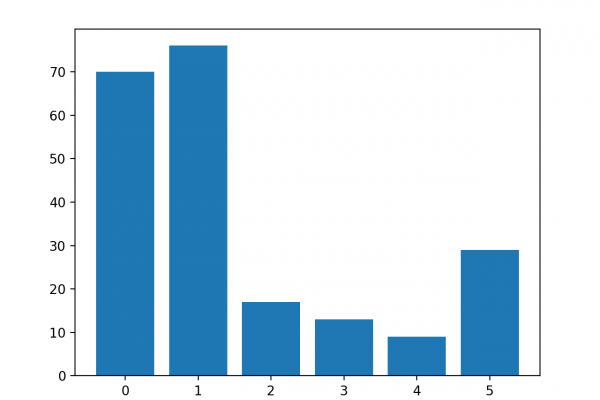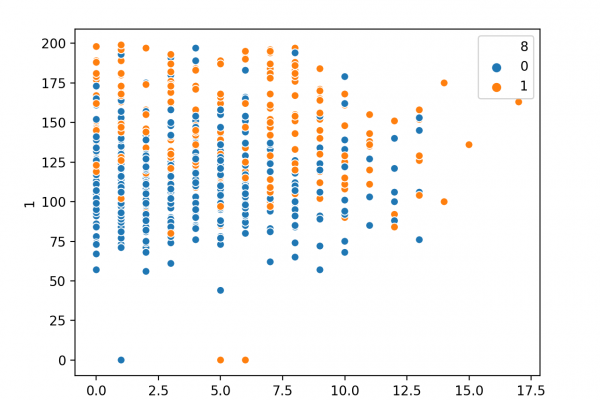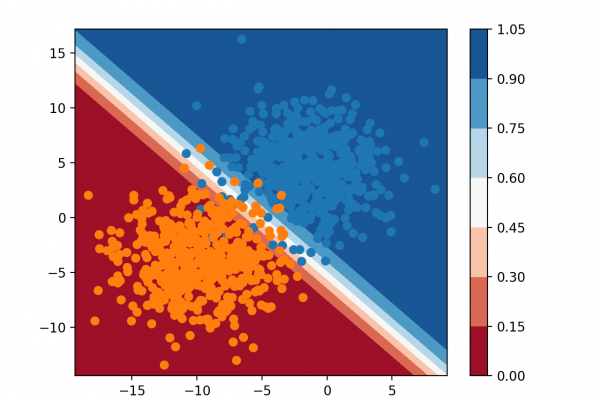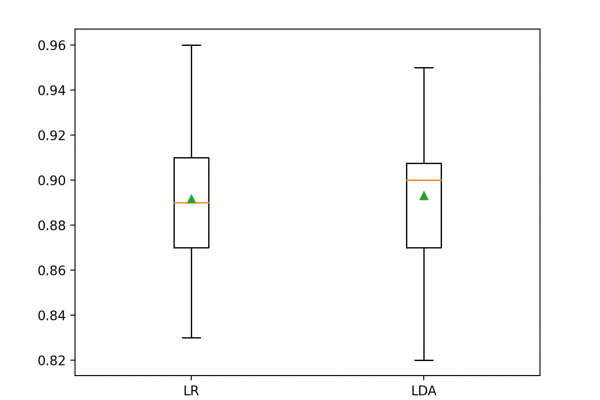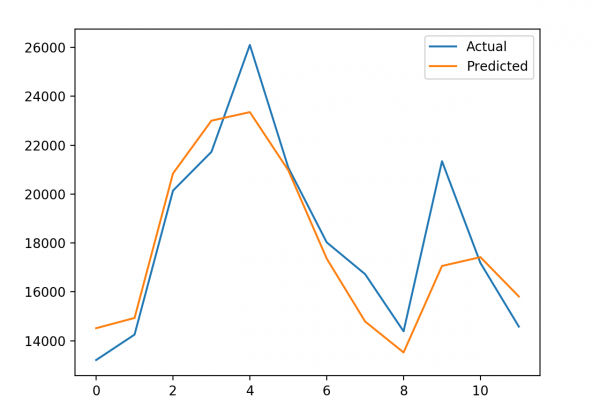Multi-Class Imbalanced Classification
Last Updated on August 21, 2020 Imbalanced classification are those prediction tasks where the distribution of examples across class labels is not equal. Most imbalanced classification examples focus on binary classification tasks, yet many of the tools and techniques for imbalanced classification also directly support multi-class classification problems. In this tutorial, you will discover how to use the tools of imbalanced classification with a multi-class dataset. After completing this tutorial, you will know: About the glass identification standard imbalanced multi-class […]
Read more